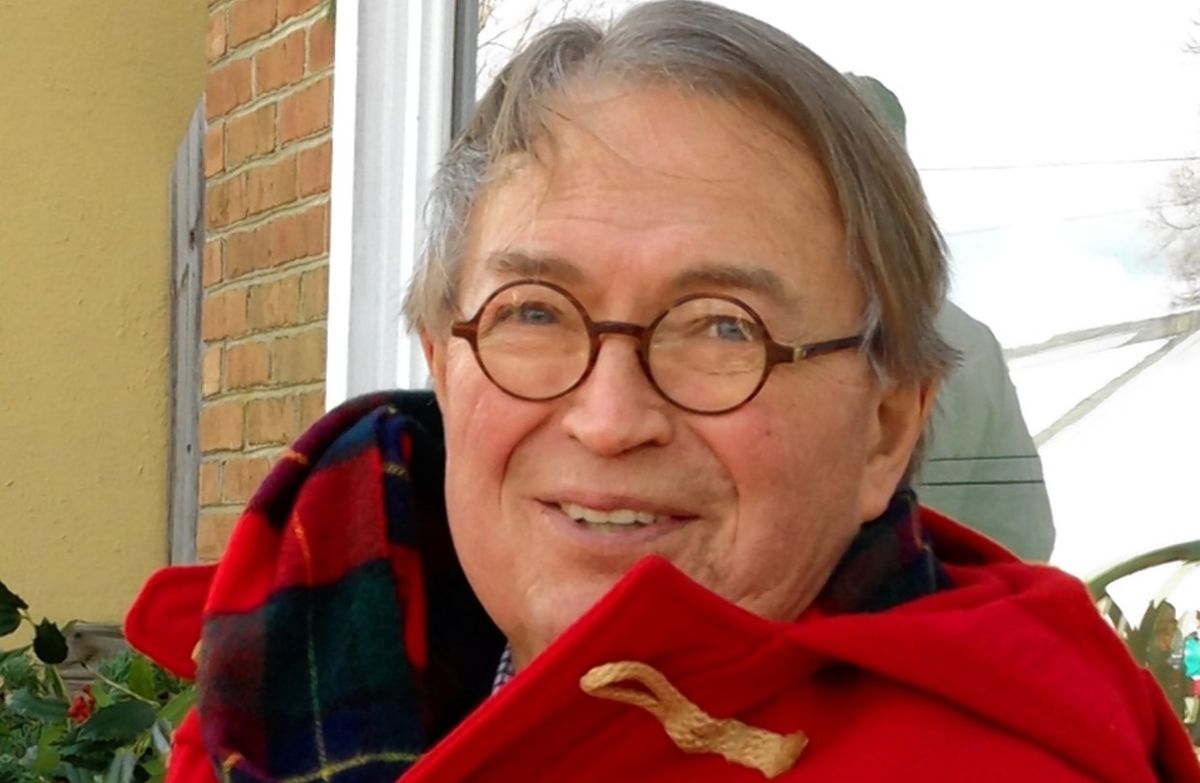The Modern art historian EA Carmean, Jr, who was the founding curator of 20th-century art at the National Gallery of Art (NGA) in Washington, DC and went on to lead the Modern Art Museum of Fort Worth and the Memphis Brooks Museum of Art, died on 12 October from cancer at his home in the US capital, his family confirmed. He was 74 years old.
Carmean was born in Springfield, Illinois, and received a BA in Art History, Philosophy and Theology in 1967 from MacMurray College in Jacksonville, Illinois, and went on to take graduate studies at the University of Illinois, where he later taught, although he did not complete an MA. He was later awarded an honourary doctorate in Fine Arts from MacMurray College in 1983.
In 1971, soon after leaving the University of Illinois, he joined the Museum of Fine Arts, Houston as a curator of 20th-century Art working under its then director Philippe de Montebello. While there, he organised an exhibition Robert Motherwell’s collages. He was then hired in 1974 by the NGA, which was preparing to open its I.M. Pei-designed East Building to house its Modernist collection, as its first curator of 20th-century art. For the expansion’s 1978 inauguration, he organised a survey of Abstract Expressionist works, American Art at Mid-Century: The Subjects of the Artist. During his tenure at the NGA, he curated important exhibitions on Georges Braque and David Smith, and created a series of show centred on an individual work in the museum’s collection, such as Picasso: The Saltimbanques (1980). He also acquired some important works for the NGA, including Jackson Pollock’s monumental drip painting Number 1, 1950 (Lavender Mist) (1950).
In 1984, was appointed the director of the Modern Art Museum of Fort Worth, Texas, and then from 1992-97 served as the director of the Memphis Brooks Museum of Art in Tennessee—after which he decided to pursue a calling in the Episcopal Church, in which he was made a Lay Canon for Art and Architecture with a license to preach. ''The pressure on museum directors is nonstop,'' Carmean told the New York Times of his decision to step down from the museum. ''The minute you close one blockbuster, you have to open another one. Museums are competing with one another for attention, jumping up and down and screaming, 'Look at me, look at me!' If I ever organize a show again, at least I'll have God on my side!''
His connoisseurship came under scrutiny later in life, when he was embroiled in the Knoedler fakes scandal. As a paid expert, Carmean examined some of the forged paintings, purportedly by artists like Motherwell, Pollock and Rothko, and supported what turned out to be a false provenance. Despite having “never found” a document tracking the works’ history, Carmean testified that he believed they were authentic. “Your eyes can’t lie to you,” he said. Forensic examinations and a confession by the dealer that brought the works to Knoedler gallery later proved they were forgeries.
Carmean continued to the write about art and religion, most regularly for The Wall Street Journal, which in September published his meditation on the painting Death and the Miser (1485-90) by Hieronymus Bosch, part of an altarpiece the Netherlandish artist created about the spiritual text Ars Moriendi (The Art of Dying). “The central point of both the ‘Ars Moriendi’ and Bosch’s depiction is for the faithful, in battle with death and the devil, to hold fast to their Christian faith and its promised salvation,” Carmean wrote.
A selection of Carmean’s essays, reviews and sermons will appear in the forthcoming publication Looking at Art: Some Sacred, Some Profane. He is survived by his wife, Kathryn, their daughter, Elizabeth Carmean Adams, and two grandchildren.


